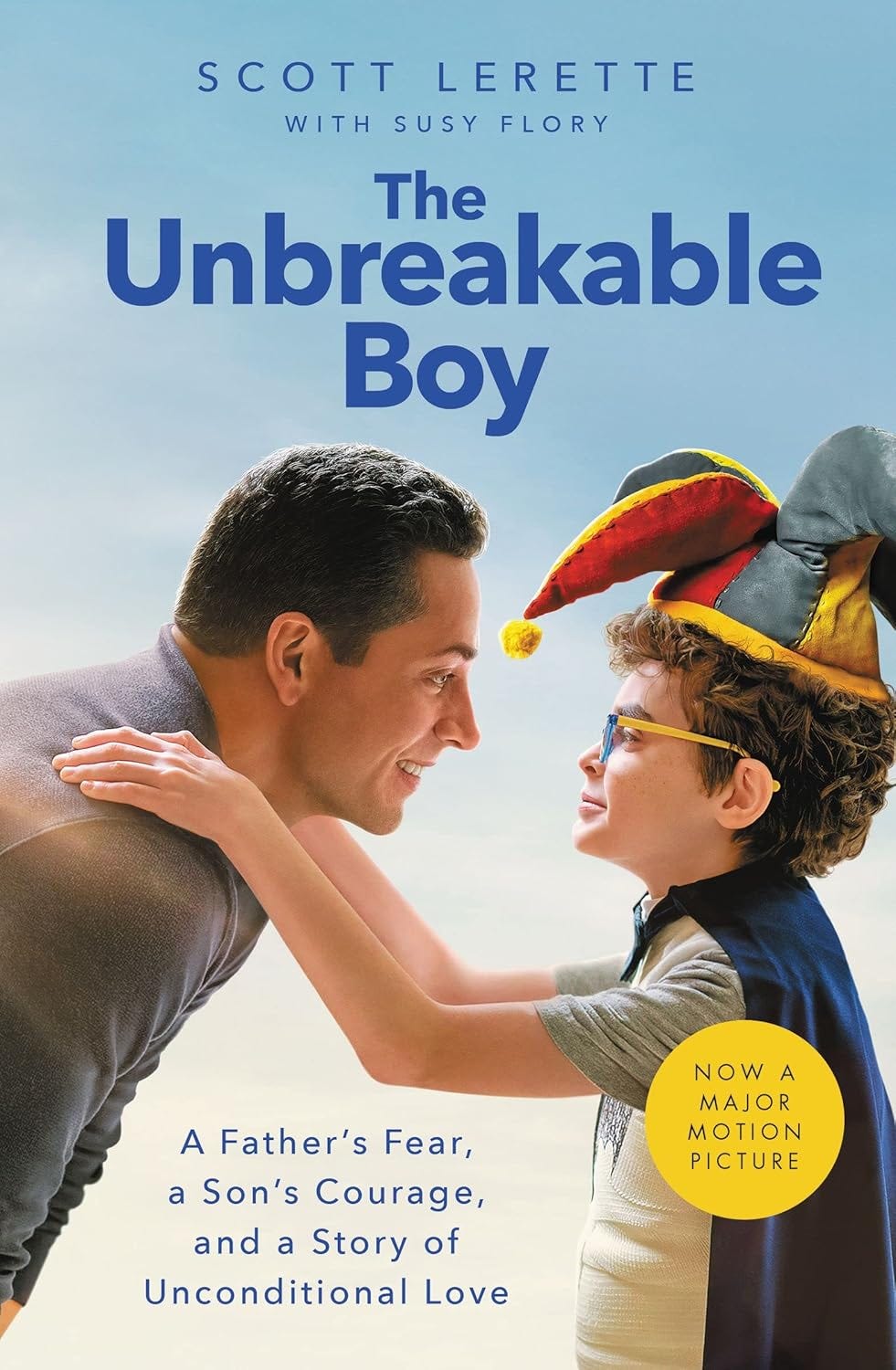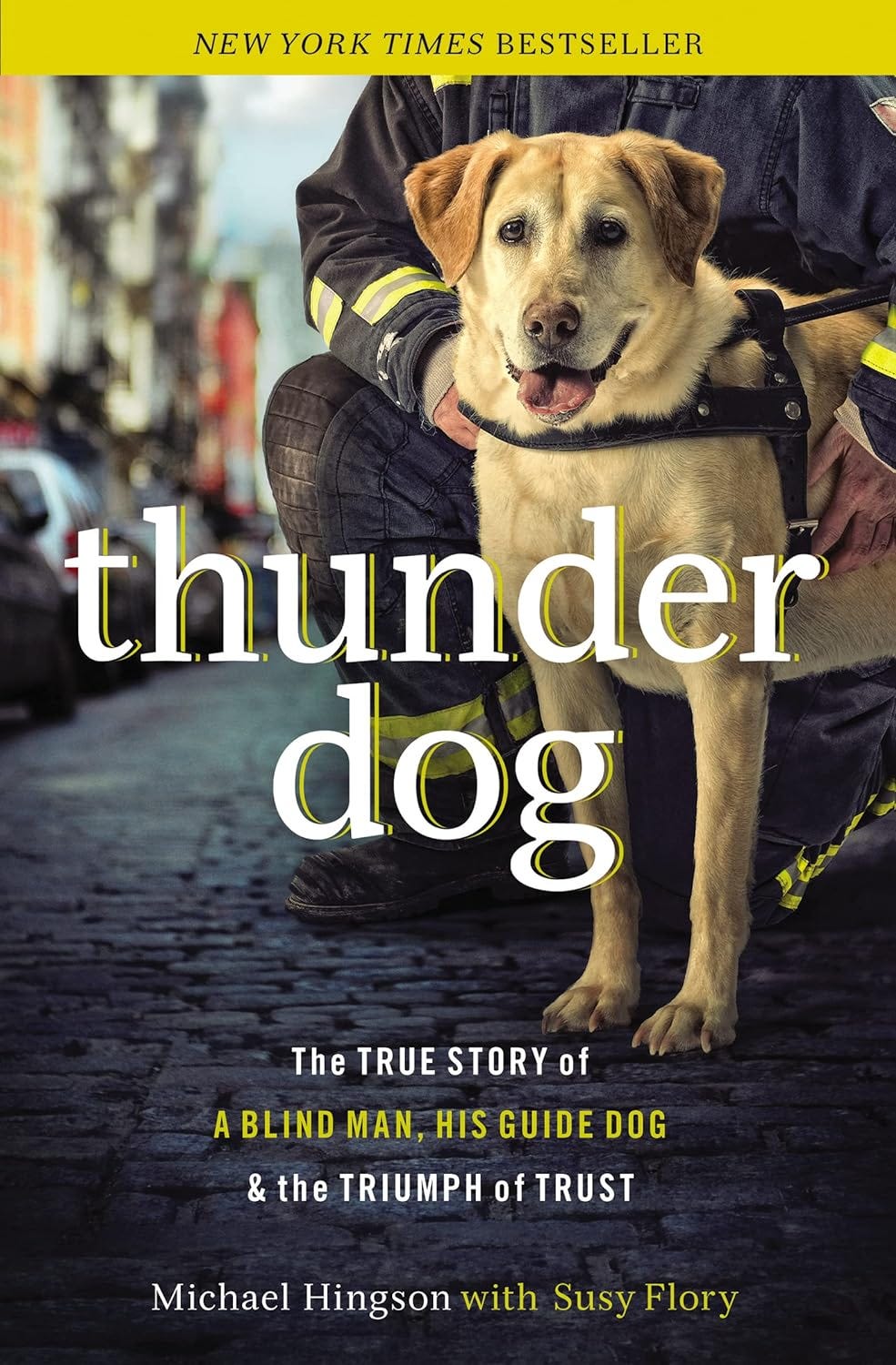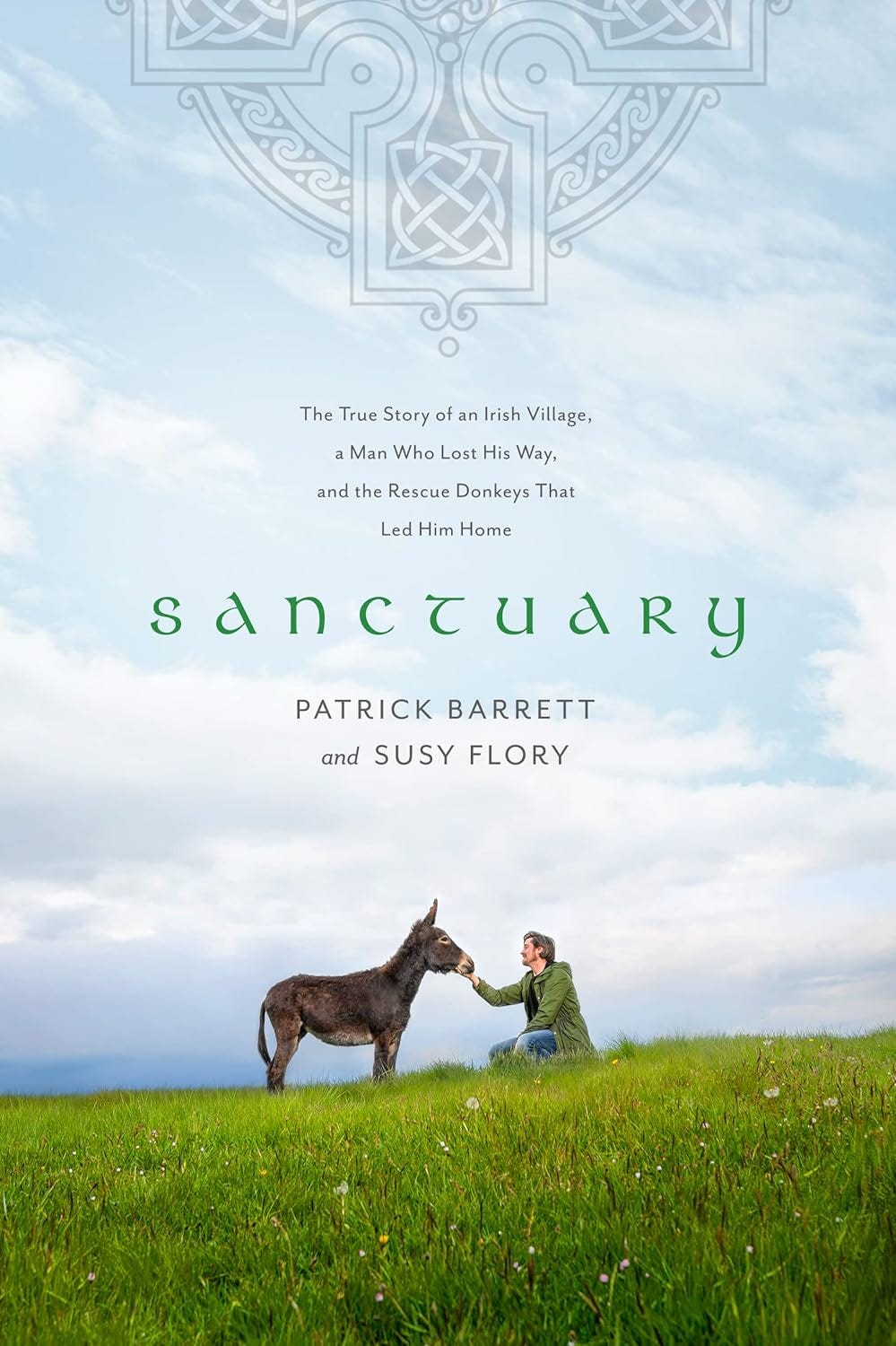Interview with Susy Flory: Publishing, Platform, and Perspective
Build community. Seek wise advice. Build a sustainable and balanced writing life.
I’m honored and delighted to offer my exchange with Susy Flory, a very seasoned and successful writer, as the next installment in my occasional series of author interviews. Susy is the New York Times bestselling author or co-author of 18 books. She directs West Coast Christian Writers, a nonprofit with a focus on educating and supporting writers. A doctoral student at Houston Theological Seminary under Lynn Cohick, Susy is studying the role of women writers and communicators in the ancient world, leading up to and including the time of the New Testament. You will find more about her and her work (followed by the schedule for our reading of The Pilgrim’s Progress) at the end of the interview.
Susy, in all the years I've known you, two things have stuck out: your love of stories and your love of animals! Can you tell us a little about those two passions of yours and how you've brought them together?
My dad was a Texas cowboy and something of a horse whisperer, so I grew up on the back of a quarter horse and spent my childhood weekends riding in the hills of the San Francisco Bay Area. I also learned to sling hay bales and muck out stalls, the less-than-glamorous behind-the-scenes work. Animals have been my lifelong teachers. My retired racehorse Stetson taught me the subtlety of communication beyond words. Where I once used cowboy-style kicks and tugs, with training I learned to guide him with just a glance or thought. This partnership mirrors how I approach stories, that delicate dance of words and ideas to create something that grabs and engages a reader. My grown daughter is a wildlife rehabber, and I’ve learned from her how animals have their own interior lives and secrets, although they sometimes allow us into their worlds for a season. These different kinds of relationships animals have with humans reveal truths that transcend language, just like the best stories do, as we invite readers into a different world for a while.
You have made a big mark as a co-author. Can you describe that particular model of writing and what it entails?
Co-authoring is a blend of discovery and collaboration, where two or more people work together to tell a complex story; it involves brainstorming, research, interviewing, planning, outlining, storyboarding, writing, rewriting, and rewriting again. A ton of work and writing experience is required for a great memoir, which is my specialty. When the process works well no one, even the authors, can tell who wrote a particular sentence or paragraph. It's not me uploading words into someone else's story or receiving dictation from someone with a story that needs to be told, but a delicate dance of voices blending. I think of it as alchemy—something beautiful arising from a partnership where two storytellers trust each other and are honest with each other, much like songwriters or moviemakers.
How did you first start as a co-writer and what has that journey looked like?
I see every single book as a collaboration of one kind or another. A great model for me is the process of making movies; when you watch the credits at the end of a film, you get an idea of who has contributed to that production. While books are a different kind of art from moviemaking, there are many people involved behind the scenes, whether credited or not, including a team of editors. I also use groups of beta readers. My first big co-writing success was on a book called Thunder Dog, with a blind man named Michael Hingson who—with his guide dog Roselle—escaped down the stairwell of one of the twin towers in the midst of the World Trade Center attacks on 9/11. In an email exchange with Mike, I proposed the idea of doing a book together. He agreed, I wrote it on spec, and when it was released it became an instant bestseller; this triumphant story of hope and trust captured media and reader attention as one of the few happy endings to come from that terrible event. It still resonates, and Mike and I still get notes from readers and royalties from the publisher. I learned so much from Mike about how to turn a perceived disability into an advantage, as he did on that day.
How does it compare to writing "your own" books?
I consider every book I write as my own book, with levels of collaboration that vary from project to project, no matter whose name or names are on the cover. This might differ from how others see it, but every person who contributes to a work of art (including a book) should feel comfortable thinking of it as collaboration. I’m writing about this in my dissertation, especially in relation to the books of the New Testament, which might carry individual names but which had more than one person involved in the writing. I’ve often thought of myself as a scribe in one way or another, and if you know the Bible, you know a little bit about scribes and their varying roles, including as sages and authorities.
That is a really helpful way of looking at it. All writing (and reading) is collaborative in some sense. Thank you. You've had tremendous success with some of your books: two have been adapted into major films, you've made the NYT Bestseller list twice, and achieved numerous recognitions and awards. When did you envision this kind of writing life? How long did it take to achieve?
I never set out to make bestseller lists or have books adapted into films. My journey began simply with love of stories—first my mother's Irish storytelling (which was often exaggerated, but always fascinating), then finding my voice at Scotty Newhall's newspaper in Southern California, where readers let you know what they liked and what they didn’t. When Thunder Dog hit the NYT list its first week, it was a complete surprise. It took 24 years from my first newspaper byline to the bestseller list, years filled with essential growth, including plenty of failures. The writers who endure fall in love with stories and with their readers, showing up daily whether recognition comes or not. Success rarely follows predictable timelines, but you always have to prepare yourself and be ready for that break. In the end, though, I always write for that one reader who might be helped by one of my books.
What is one book you co-authored that has had a profound effect on you personally?
Sanctuary, written with Patrick Barrett, affected me deeply. This true story about a young man with PTSD from his military experiences in Lebanon and Kosovo, finding healing through rescue donkeys at a pristine donkey sanctuary in the emerald hills of Ireland connected me to my Irish heritage, and to the enduring faith of the Irish people through many hundreds of years of violence and colonization. Not only did I learn that healing often comes through unlikely sources, such as rescue donkeys, but I’m at work on a second book about the early women church planters and missionaries of Ireland. These women are direct spiritual descendants of the men and women Paul sent out to plant and lead the early Church; I can’t wait to tell their stories!
In this series, I've mainly interviewed up-and-coming writers who are just starting out. You are a seasoned and, by every measure, successful writer. What are two or three tips or insights you've learned that you would share with newer writers, whether about the writing process, publishing, or all that follows?
Build community. Fellow travelers make the journey joyful; you need writer friends who “get” you. A great place to make writer friends is at an in-person writers’ conference. Also, seek wise advice to navigate the tension between commerce and calling with integrity. I've written bestsellers that pay and academic pieces that don’t. Don't let commercial or platform pressures silence your important work, but don't dismiss building a sustainable writing life, either. Strive for balance.
How has the writing and publishing world changed since you started in the business? Any trends you see ahead?
Because of technology, I’ve witnessed tremendous innovation in independent and hybrid publishing models bypassing traditional gatekeepers. Looking ahead, I see boundaries between academic and popular writing continuing to blur—something I experience balancing doctoral studies with mainstream projects like my upcoming Jesus Was. Cross-cultural storytelling opportunities are expanding, as I discovered when Thunder Dog was translated into 15+ languages; increasingly we write for a global audience. If you’re a Christian writer, this also means writing beyond the walls of your particular denomination or faith tradition. I also look forward to the continuing development of community-centered models where readers collaborate rather than merely consume. Collaboration has always been part of the story of writing, and new forms of collaboration represent our future.
What has been the most rewarding experience of writing/publishing for you?
The most profound moment came when my teenagers read my first book and said, "Mom, it's weird—you're talking in our heads." I realized then the sacred trust of authorship—these black marks on white pages carry our voice, ideas, memories, and spirit into others' consciousness. Every letter from readers saying my words spoke directly to them echoes this miracle. Whether it's bestsellers reaching thousands or academic articles restoring forgotten women's voices, what matters is this intimate connection across time and space—mind to mind, heart to heart. Words outlive us, continuing to speak to others long after we're gone. The relationship between a writer and a reader is sacred space.
Where can readers find out more about you and your work?
My website is where I share updates on new books and events: www.susyflory.com. I'm also active at West Coast Christian Writers, where we host conferences and events for writers at all stages: www.westcoastchristianwriters.com. Last, I love Substack, and have three different newsletters there:
1. For writers: https://everythingmemoir.substack.com/
2. Women interested in faith and church questions: https://questiongirls.substack.com/
3. Travelers looking for an Ireland adventure: https://writersadventure.substack.com/
***
Schedule for The Pilgrim’s Progress (Lord willing!)—note I’m describing the sections since there are no chapters:
April 29: Intro to the work and discussion of “The Author’s Apology for his Book”
May 6: Beginning to introduction of Simple, Sloth, and Presumption
May 15: Introduction of Simple, Sloth, and Presumption to introduction of Talkative
May 22: Introduction of Talkative to the By-Path Meadow
May 29: By-Path Meadow to introduction of the Atheist
June 6: From the Atheist to the end
You can read the work online here. Someone has already asked if we will read Christiania’s journey (part 2). I hadn’t planned to but I’m totally game! Let me know as we go along if you’d like that (or if you’ve had enough of the seventeenth century, haha!). We’ll take it as it goes.
"Absolutely unmixed attention is prayer.” – Simone Weil1
Simone Weil, Gravity and Grace, trans. By Emma Crawford and Mario von der Ruhr (London: Routledge, 2002), 117.








Such a great interview, Karen. Thank you for sharing Susy's journey with us. Susy--my husband and I saw "Unbreakable Boy" when it came out and I was gobsmacked to see your name in the credits. What a God thing :-) Your co writing and writing gifts inspire me.
So good.